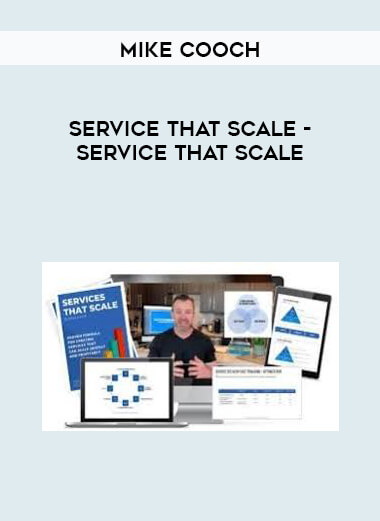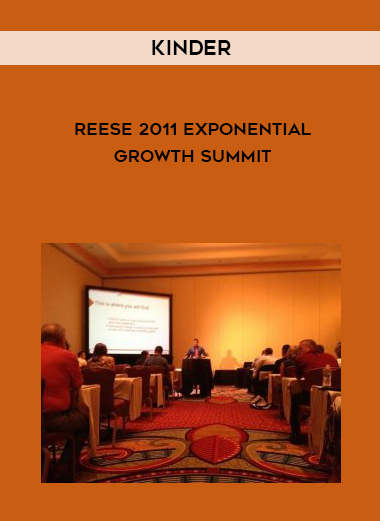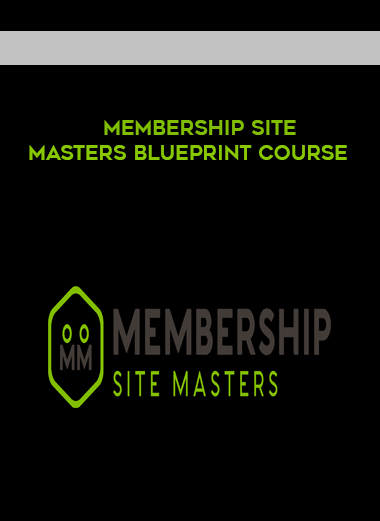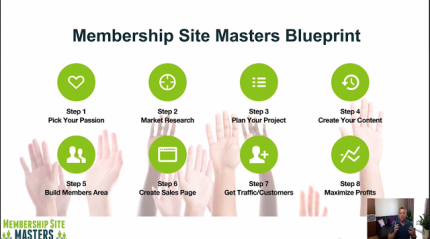Service That ScaleMike Cooch – Service That Scale
 Salepage : Service That ScaleMike Cooch – Service That Scale
Salepage : Service That ScaleMike Cooch – Service That Scale
Arichive : Service That ScaleMike Cooch – Service That Scale
Service-based businesses are tough to scale. Whether you’re an architecture firm, consulting agency, technical service provider, or you’re in the business of home health care, office staffing, or tutoring, figuring out how to take your business to the next level is a serious challenge.
Most services companies cap out at a few dozen people. At this size, it’s still possible to have personal relationships with everyone and monitor performance and quality on a one-on-one basis. Processes in these companies are intuitive and everyone learns through hands-on experience gained by working with other staff over time. Often these models have a few expert, long-timers at the top and more junior people at the bottom.
Businesses that do make it beyond this level usually do so by creating fiefdoms lead by senior experts who manage their own teams and their own collection of clients. Often times these are organized by practice area or geography.
While this method will expand total revenues, it’s technically not scaling the company. It’s more of a loose confederation of business that share the same brand, infrastructure, and back office.
If you want to scale, then the goal for a service-based business is to look and operate more like a product company. The more you can package and define your services as products, the easier it will be to scale.
There are three key steps you can take to begin this process and make it easier to build your business from Service That Scale Courses :
- Define your core customer.
The first thing to do is to define your core customer. Start with your current customer base and look for those clients who meet three core criteria: they are profitable, they don’t cause drama, and they refer other clients like them. If you can find a good collection of those, you have your starting point.
Once you have a collection to look at, figure out what is similar about them. What do you notice about who they are, how they think, and what they value? What situations were they in when they hired you? What rationale did they give? What channel did they come through? These will give you insights about where you can find more of them and how you can best sell to them.
- Solve one critical problem really well.
Often times when I’m working with companies, I find they are selling everything to anyone in hopes of expanding their customer base. While this might seem like a good way to grow a business, it’s not actually very effective. By doing too much for too many people, you become too general with mediocre skills rather than an expert on one thing and servicing a specific niche. In order to scale, you need to refine your service offering as well as your target customer.
In order to figure out which of your services you should zero in on, step back and look at the problems you are solving. Look for the most difficult problem that, when solved, generates the most value for your customer.
Often times, many of the problems you solve for a customer can be solved in other ways by other people as well. And sometimes other people solve the same problems for less money, time, or complexity. Weed those out until you’re left with the problems that only you can solve well and ones where you can create significant value for your customer.
- Package your service like a product.
Once you have your core service, you’ll want to begin to package it like a product. Products are things that solve problems. I have a computer to get access to the internet. I drink coffee for a productivity boost. I read a book to be entertained by a good story. These products solve an important need I have. You want your service to do the same.
For a service to look like a product to your customer, you need a combination of three things. First, you need a unique process which defines your key inputs, stages of production, and roles of the people involved.
Second, you need a brand position that articulates the problem that you’re solving for the customer (not the benefit of your service).
And finally, you need a tangible set of outcomes that the customer can touch and feel when done. Outcomes that give them evidence that their problem has been solved.
Getting these three steps right will greatly facilitate the process of scaling your services business. Knowing these and getting them right will make sales, pricing, hiring, training, and accounting much easier and will become touchstones for your future decision making and strategy development.































Reviews
There are no reviews yet.